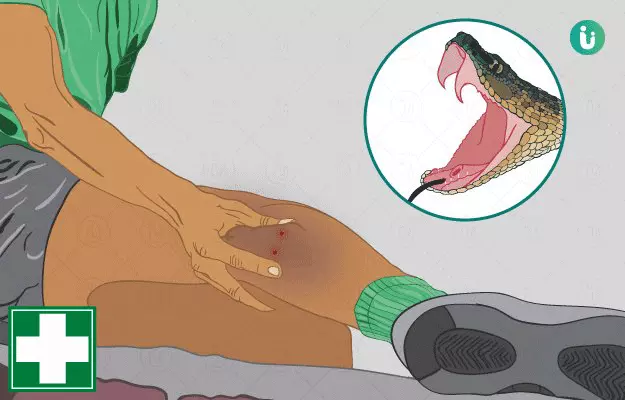Snakes are common in many parts of India and often make their way into homes in urban areas from surrounding forested areas as well. Snakes bite by creating deep puncture wounds with their narrow front teeth called fangs. After creating a puncture wound, snakes commonly release their venom, or poison, which penetrates deep into the soft tissues of the body. It is important to not only give the appropriate first aid correctly and quickly but to also be able to identify the snake that made the bite. This is because different types of snakes release different types of poisons which may need specific treatment. In India, over a million people die each year from snake bites.
99% Savings - Buy Just @1 Rs
X

- हिं - हिंदी
- En - English
- Treatment
-
- Skin Issues
- Acne
- Fungal Infection
-
- Hair Problems
- Hair Growth
- Hair Dandruff
- Self-Analysis
-
- Chronic Diseases
- Diabetes
- Heart Care
- Weight Loss
- Sleep Support
- Liver Care
- Stress & Anxiety
- Our Brands
- Doctor Consultation
- Medicine A-Z
-
Health A-Z
-
- Treatments
- Home Remedies
- Herbs
- Surgery
- Lab Test
- Therapy
- First Aid
- Ayurveda
- Homeopathy
-
- Yoga And Fitness
- Fitness
- Yoga
- Weight Loss
- Weight Gain
-
- Other Topics
- Baby Names
- Beauty
- Healthy Foods
- Tips
- Health News
- Pet Health
- Men Health
- Medical Cannabis
- Login / Sign Up

























